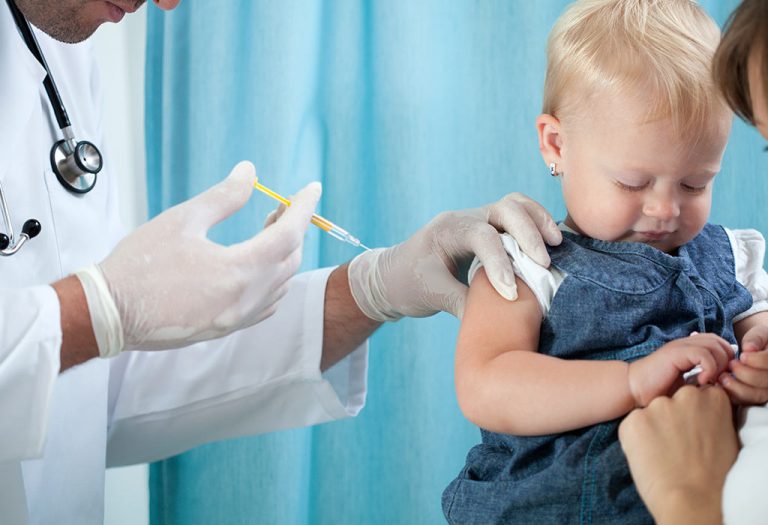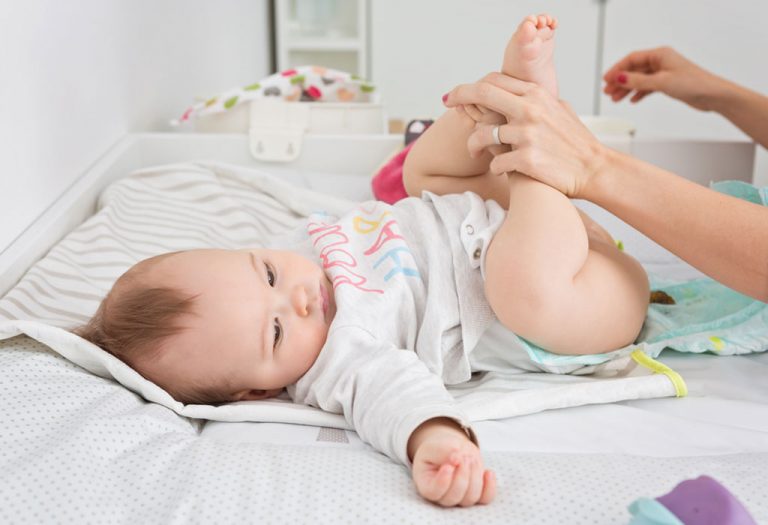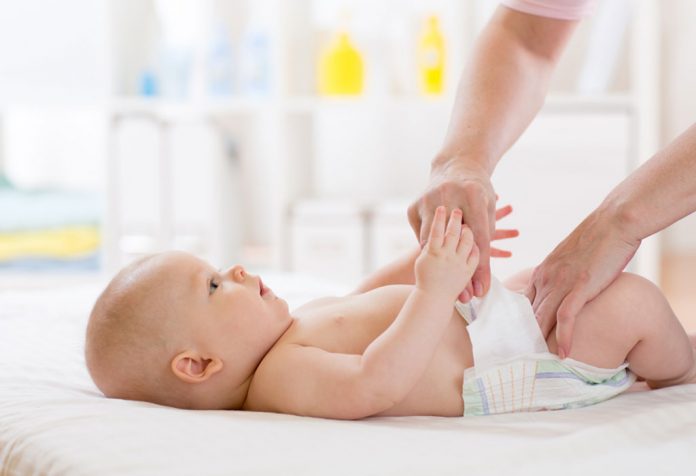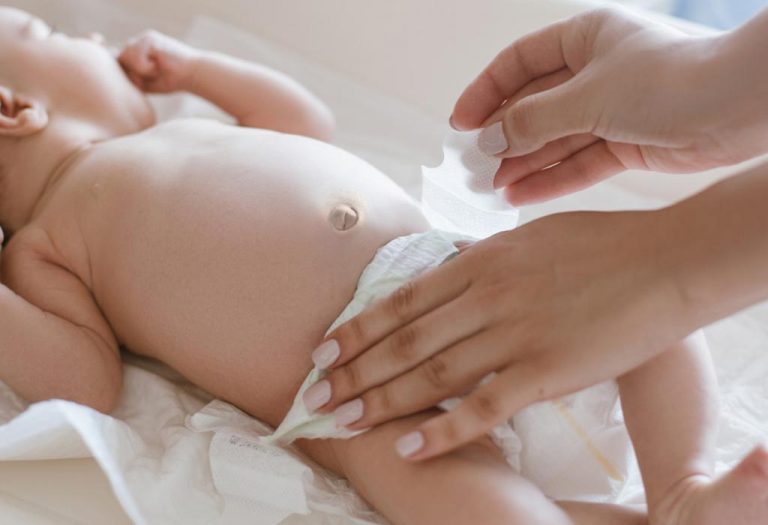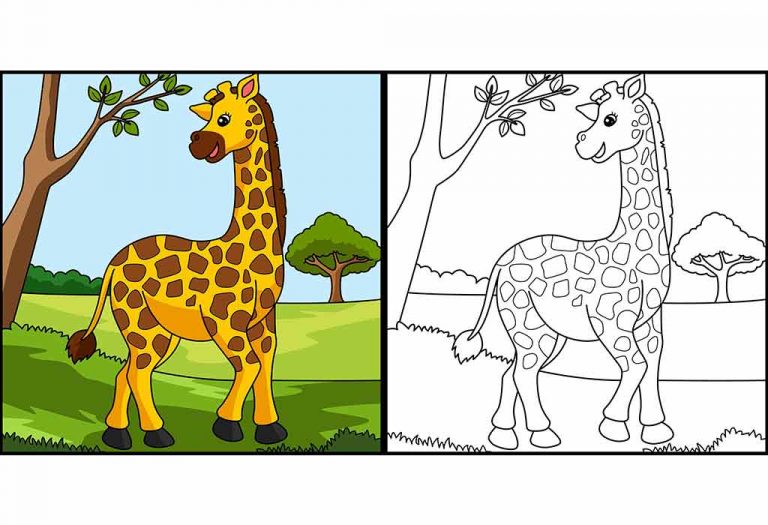Lanugo Hair in Newborn Baby: Causes & Treatments

- What Is Lanugo or Newborn Baby Body Hair?
- What Does It Look Like?
- Is It Normal for Newborn Babies to Have Body Hair?
- Role of Lanugo or Body Hair on Newborn Babies
- Problems Associated With Infant Body Hair
- Remedies to Remove Lanugo or Newborn Baby Body Hair?
- What to Do If Lanugo or Newborn Baby’s Body Hair Does Not Shed?
- FAQs
You have now become the mother of a beautiful baby after nine long months. When you hold the baby in your arms for the first time, the feeling is magical and surreal. It is now that you notice his features, his soft skin and probably some body hair too. It is common to see your baby born with hair. Some mothers might worry at the sight of hair on their newborns, but there is nothing to worry about because your baby’s body sheds this hair soon. This natural phenomenon is called lanugo. Let’s dive a little more into the topic and know what its presence means and also discuss several other factors associated with newborn baby body hair.
What Is Lanugo or Newborn Baby Body Hair?
Many people wonder about the lanugo definition. Let us explain that to you. The hair that is found on a newborn baby’s body is known as lanugo. It is derived from the Latin word ‘Lana” which means wool. This hair has a fine texture and is clearly seen with the naked eye. Most of this hair is seen on the baby’s back, ears, neck, face and shoulders. While some babies shed the body hair before they announce their arrival to the world, some infants are born with lanugo.
What Does It Look Like?
Lanugo hair is incredibly soft, fine, and delicate in nature. When a baby is born with lanugo, they give the impression of being adorned with a gentle, almost ethereal layer of fur. This special type of hair can sprout on nearly every part of their body, with the exception of the palms, lips, genital area, nails, and the soles of their feet. To spot lanugo, you’ll often find it most visibly on your baby’s back, shoulders, or near their tailbone, yet it has the potential to grow wherever a hair follicle can be found.
Is It Normal for Newborn Babies to Have Body Hair?
Yes! It is normal for babies to have body hair. If you have a newborn with lots of hair, do not worry. Body hair acts as natural insulation for babies while they are in the womb. Mothers often get stressed about this common phenomenon which often disappears in a few weeks. So, be assured that lanugo is normal, and most of the time, there is no need to remove it manually. Also, a premature baby is most likely to be a Lanugo baby. The development of this body hair begins when the fetus is between 18 to 20 weeks old. Babies shed the lanugo in the uterus during the 7th or 8th month of gestation, while being born, and within 7 months from their birth. This fine, unpigmented, wispy layer of hair is also quite visible in babies with darker complexions. Sometimes, the baby’s body doesn’t shed any hair. This could lead to issues which are shared in the article below. But first, let’s take a look at why the hair grows and what it does.
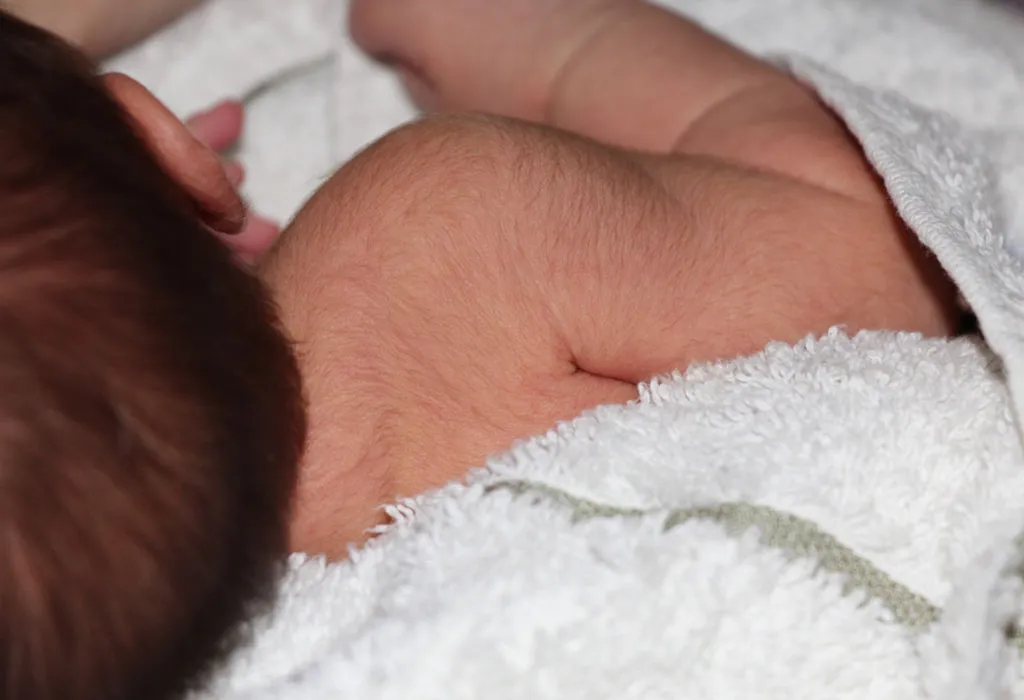
Role of Lanugo or Body Hair on Newborn Babies
Lanugo, or body hair on an infant, has a specific role to play while the baby is in the mother’s womb. This is how it helps the baby:
- The baby’s skin is covered with a wax-like layer called vernix while it is in the womb. This is helpful in keeping the baby warm and its skin moisturised. It also allows smooth movement through the cervix during childbirth. One of the essential roles of lanugo is to keep binding the vernix caseosa onto the baby’s skin effectively.
- The body hair protects the gentle skin of the baby while it is growing in the womb.
- Another role of lanugo is to maintain the foetus’ temperature inside the womb and keep the baby warm.
As mentioned earlier, lanugo or newborn baby body hair is often shed by itself; however, in certain cases, that may not happen, and it could lead to some issues. Let’s find those out now.
Problems Associated With Infant Body Hair
If the lanugo in newborns does not shed completely in time, it becomes a cause of concern for parents. You must consult the doctor and differentiate it from the other causes of prominent hair over the body, which may be pathological, like Congenital Adrenal Hyperplasia (CAH), bulimia and anorexia. While anorexia and bulimia occur due to malnutrition, CAH occurs due to a deficiency of enzymes. These pathological health conditions are discussed below:
- CAH is responsible for lower levels or total absence of cortisol or aldosterone.
- CAH also leads to higher production of the male hormone androgen, thus causing abnormal growth of facial and body hair.
- CAH is responsible for low levels of sodium in the blood. This could lead to improper working of the baby’s heart.
- Anorexia and bulimia could lead to the child being underweight and having an aversion towards food, which could further lead to depression, alcoholism, personality disorders, anxiety, diabetes, etc.
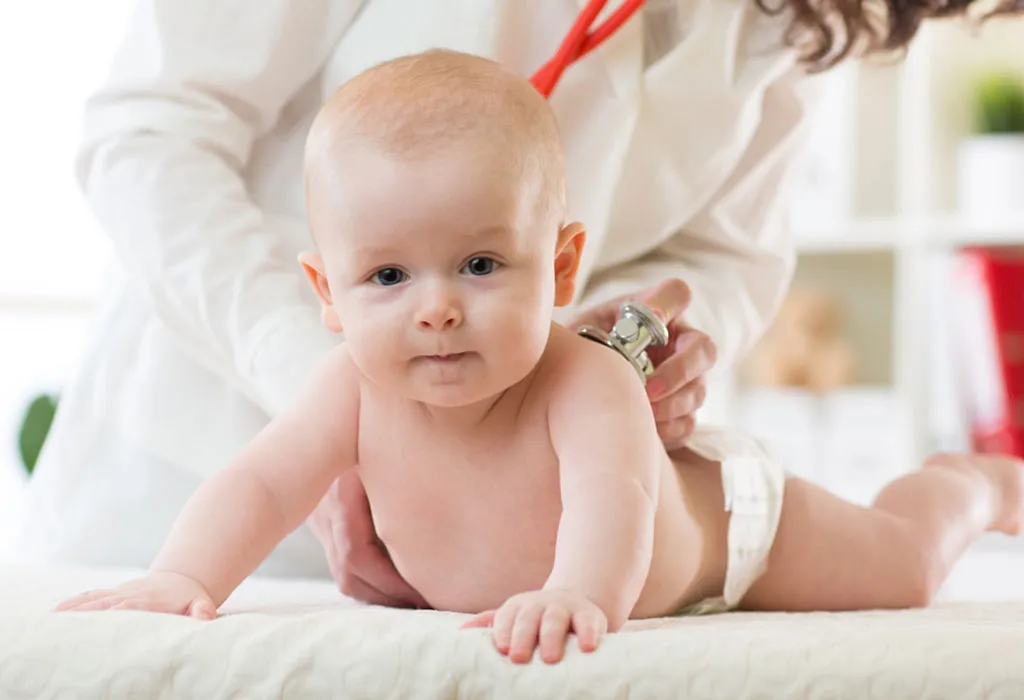
When lanugo does not shed by itself, parents could be tempted to rub it off; however, simply rubbing could lead to skin irritation and rashes. You may want to read the next section of the article, where we talk a little bit about treating lanugo. Bear in mind that results may vary depending on the hair growth and the presence/absence of medical conditions.
Remedies to Remove Lanugo or Newborn Baby Body Hair?
If you are worried about how to treat lanugo in newborn babies or people might call your little one hairy baby because of lanugo not shedding, you may try the following remedies. However, know that results may vary. You must also stop the remedy if your baby’s has an allergic reaction.
- A gentle oil massage is a proven way of reducing baby body hair. Repeat it twice a day in the morning and evening for best results. The use of olive oil is also highly recommended.
- Mix turmeric powder, milk and sandalwood powder into a paste and apply it before bathing the baby. Focus on areas that have a greater concentration of lanugo. Massage the mixture gently while it’s still a paste, and then wash it off with lukewarm water.
- Take two tablespoons of wheat flour and mix it with one tablespoon of gram flour. Create a ball of dough by adding water to it. Gently roll and rub this dough over your baby’s body before a bath, and you will notice a visible difference.
- Mix 2 to 3 tablespoons of ground lentils and 1 to 2 teaspoons of ground almonds in half a cup of milk and apply this mixture on the skin. Leave it for a while (till it starts drying), and then bathe your baby. You may dampen the baby’s skin and gently scrub the mixture applied on his skin before his bath. Again, avoid rubbing vigorously to prevent rashes.
Usually, lanugo sheds by itself in a few weeks. If it does not shed, you may try one of the ways given above. If the hair stays put in spite of trying these remedies, it is most probably because of conditions like Congenital Adrenal Hyperplasia (CAH), anorexia or bulimia. So, when you notice the layer isn’t falling off, here’s what you can do.
What to Do If Lanugo or Newborn Baby’s Body Hair Does Not Shed?
You should immediately consult your doctor if you see that your baby hasn’t shed body hair in the first six months. Keep an eye on the colour of the hair. Waiting for the hair to shed naturally is the first option; however, if your child is suffering from Congenital Adrenal Hyperplasia (CAH), bulimia or anorexia, he will need medical intervention at the earliest.
FAQs
1. Can Body Hair in Newborns Regrow Later in Life?
After the birth of the baby, lanugo is replaced by vellus (fine, thin hair) and terminal hair (think hair that occurs during puberty). All three are different. Although rare, it is possible for lanugo to regrow in older children or adults. It is often confused with vellus and why it regrows is still a mystery. However, when lanugo regrows in adults, it could be a sign of an underlying health issue, like any malnutrition, anorexia nervosa, the presence of a teratoma, or bulimia nervosa. To check whether it is vellus or lanugo, there is one way – if hair grows in a new place like the hands or face, it is likely the case of lanugo.
2. Do Babies Eat Lanugo in the Womb?
Yes, babies do ingest lanugo that sheds in the amniotic fluid, which eventually turns into meconium, a baby’s first poop.
While lanugo isn’t a major condition, mothers should always voice their concerns to their paediatrician, who can address them and suggest remedies/treatments as deemed necessary. If the baby’s lanugo is growing darker by the day or the shedding has stopped, consult a paediatrician immediately. Also, if the lanugo persists until the child is a few years old, it could be due to an eating disorder and should not be ignored.
References/Resources:
1. Lanugo; Cleveland Clinic; https://my.clevelandclinic.org/health/body/22487-lanugo
2. Verhave. B. L, Nassereddin. A, Lappin. S. L; Embryology, Lanugo; In: StatPearls [Internet].; https://www.ncbi.nlm.nih.gov/books/NBK526092/
3. Lanugo; Surgery of the Skin, 2005; ScienceDirect; https://www.sciencedirect.com/topics/medicine-and-dentistry/lanugo
4. Nishijima. K, Yoneda. M, Hirai. T, et al.; Biology of the vernix caseosa: A review; The Journal of Obstetrics and Gynaecology Research; https://obgyn.onlinelibrary.wiley.com/doi/abs/10.1111/jog.14103; September 2019
5. Xu. L, Liu. K. X, Senna. M. M; A Practical Approach to the Diagnosis and Management of Hair Loss in Children and Adolescents; Front Med (Lausanne).; PubMed Central; https://www.ncbi.nlm.nih.gov/pmc/articles/PMC5522886/; July 2017
6. lanugo; Merriam Webster; https://www.merriam-webster.com/dictionary/lanugo
7. Ahmed. Y. A, Ali. S, Ghallab. A; Hair histology as a tool for forensic identification of some domestic animal species; EXCLI J.; PubMed Central; https://www.ncbi.nlm.nih.gov/pmc/articles/PMC6088218/; July 2018
8. LANUGO HAIR; Center for Academic Research &Training in Anthropogeny; https://carta.anthropogeny.org/moca/topics/lanugo-hair
Also Read:
Hair Loss in Infants
Tips for Baby Hair Growth
Essential Tips for Baby Hair Care
Home Remedies to Remove Baby Hair Naturally




